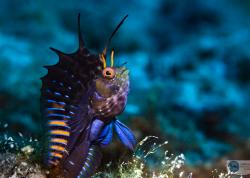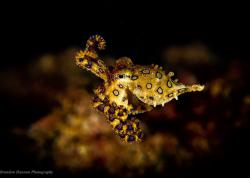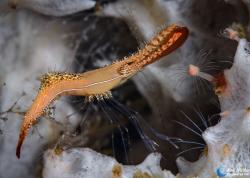How Coral Photography Can Inspire Your Next Dive
Divers tend to swoon over megafauna, sharks, whales, and dolphins. Or perhaps they take a closer look and zoom in on macro critters, shrimps, and nudibranchs - perfect subjects for photography. But corals often get lumped in as background and only credited with a supporting role.
Corals are a vital component for a healthy marine ecosystem, and are the starting point for scuba divers to explore the ocean. But ask any diver to name a handful of species, and chances are you won’t get very far.
So why is it that coral photography and coral identification are not more popular?
Perhaps it is because of our natural desire to anthropomorphize the world. It is much easier for us as humans to connect with fish or marine mammals by looking into their eyes and observing their distinct personalities. Corals, on the other hand, could be mistaken for rocks even though they are alive; and if you look hard enough they can even smile.
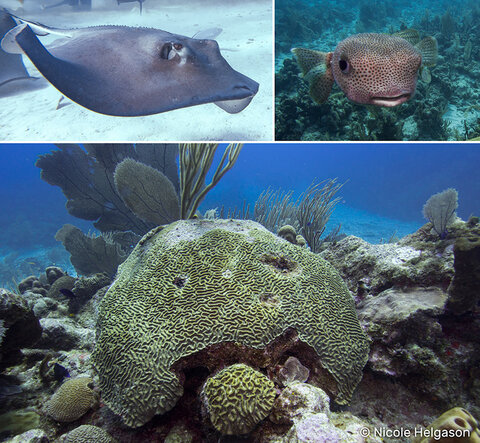
In my experience, divemasters and dive centers focus on pointing out fish and critters without emphasizing corals. And unless your dive guide has gone out of their way to research corals, they to may be hard pressed to name a dozen species. As a dive instructor, I was also guilty of only pointing out fish and knowing very little about coral reefs.
Just Another Angelfish
Let's say you’re in the Caribbean and you set out on a dive looking for a French Angelfish. You tell your guide that it’s what you absolutely cannot wait to find. During the dive you spot a brilliant adult angelfish who isn't shy in front of the lens.
You spend the rest of a dive slowly following this fish, studying its movements, waiting for the perfect shot. The angelfish was exactly as you had imagined and your photo is worthy of Ocean Art prestige. But chances are if you go searching for a French angelfish next dive, it’s unlikely you would come across a purple, green or red variety.

Coral Diversity
Corals on the other hand, come in a plethora of shapes, sizes, and colors, all within the same species. The excitement of looking for corals comes when you spot a colony in the distance and slowly approach to discover its unique patterns.
Corals make excellent photography subjects, especially if you are just learning to shoot underwater. For the most part corals stay put, which makes adjusting your focusing distance, tinkering with your lighting, and creating the perfect composition that much easier. Taking pictures of coral is a valuable exercise in honing your photography skills.
As you start looking deeper into corals you’ll notice subtle color variations along the edge, minuscule polyps or large fleshy vesicles, and differences in colony shape. You will start to notice slow encrusting species competing for space on the reef with faster growing corals, and cryptic corals tucked under larger branching colonies.
Take for example these four colonies of Porites asteroides. They all have the same nobly appearance characteristic of the species; however, each colony has a distinct shape and color. The larger colonies of Porites asteroids look like they are melting from the top like a bubbling pot, where as smaller colonies can be appear to be round balls sprouting from the reef.
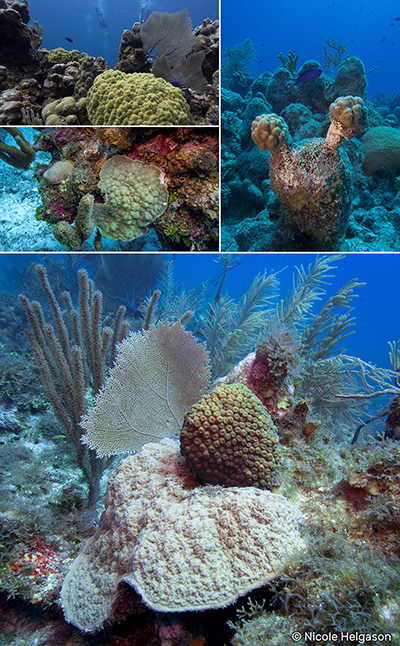
I will admit to being a self-confessed coral nerd, but there is just something to the unknown discovery of new corals which excites me during a dive. With corals you are never quite sure what you will find, how the environment will affect the growth of a colony or what creature or divers will come into play to enhance your composition.
We recently spent a week in the Caribbean with a hit-list of corals we wanted to find. One of those corals was a Scolymia. Scolymia is a single polyp fleshy coral that comes in countless color combinations. After nine dives of looking for this coral I finally spotted a lone Scolymia cubensis at 24 feet (8m) deep.
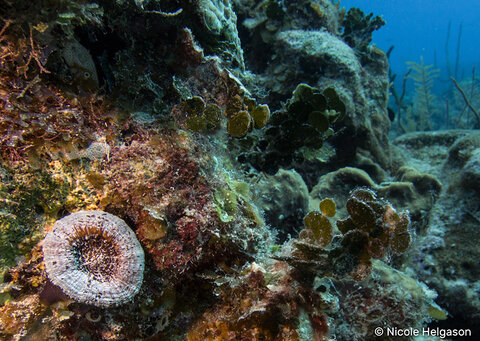
I couldn’t contain my excitement and quickly pointed out the coral to my partner, who quickly shifted focus to a passing barracuda. While a toothy barracuda is impressive, I’m sure we saw dozens of these fish on each of our dives and, in my mind, the lone Scolymia was WAY cooler than a barracuda!
So what are you waiting for? Start off by learning to identify a few species of common, and even bizarre looking coral. And, next time you go diving have these coral on your mind and let the treasure hunt begin.
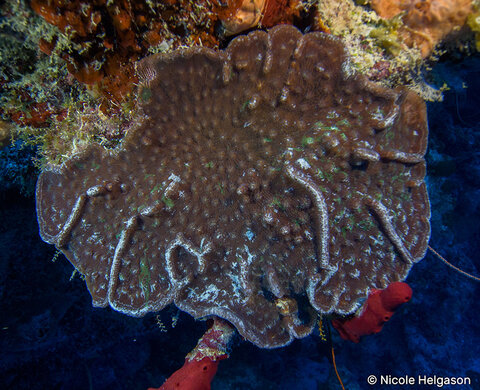


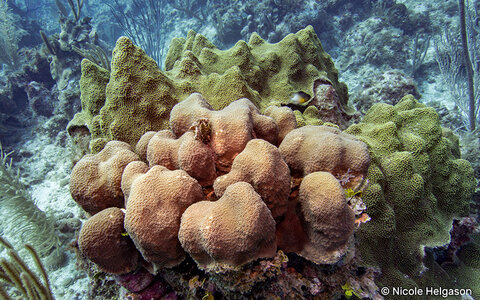
Check out Nicole's camera gear used in these photos:
Olympus E-PL5 - Olympus Housing - Olympus 14-42mm Lens - Light & Motion Sola 800 Focus Light
RECOMMENDED ARTICLES
SUPPORT THE UNDERWATER PHOTOGRAPHY GUIDE:
The Best Service & Prices on u/w Photo Gear
 Visit Bluewater Photo & Video for all your underwater photography and video gear. Click, or call the team at (310) 633-5052 for expert advice!
Visit Bluewater Photo & Video for all your underwater photography and video gear. Click, or call the team at (310) 633-5052 for expert advice!
The Best Pricing, Service & Expert Advice to Book your Dive Trips
 Bluewater Travel is your full-service scuba travel agency. Let our expert advisers plan and book your next dive vacation. Run by divers, for divers.
Bluewater Travel is your full-service scuba travel agency. Let our expert advisers plan and book your next dive vacation. Run by divers, for divers.




